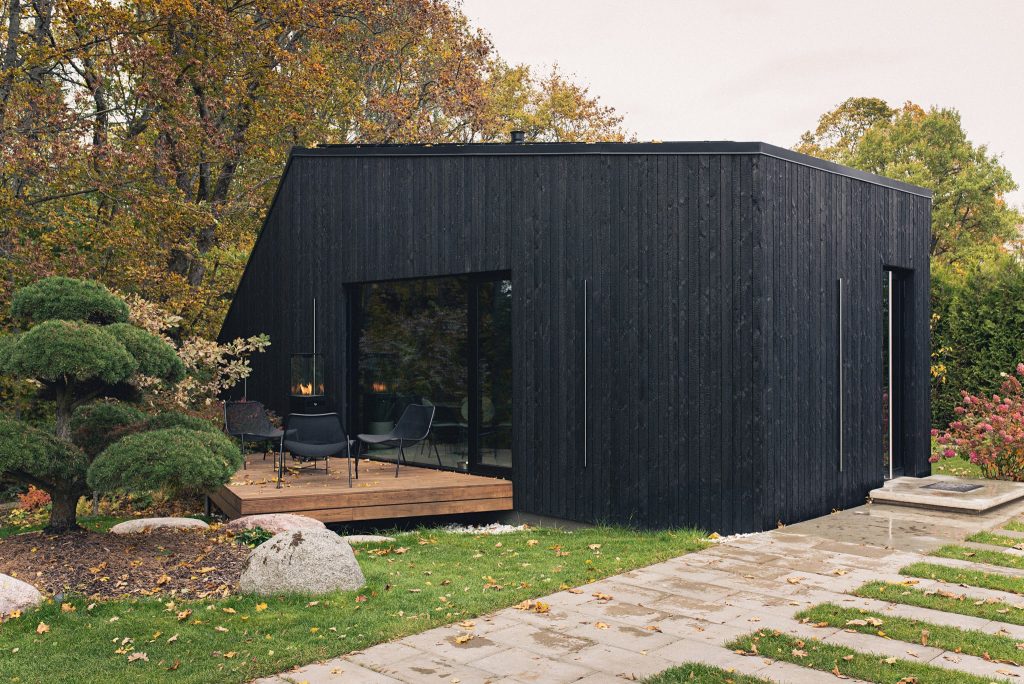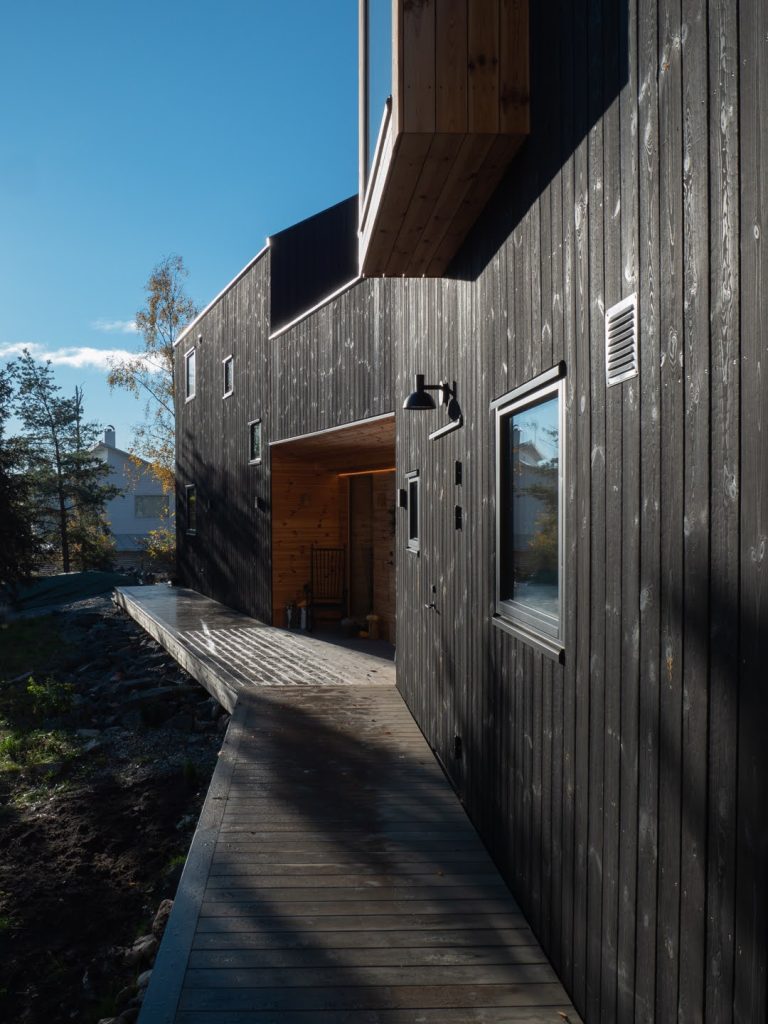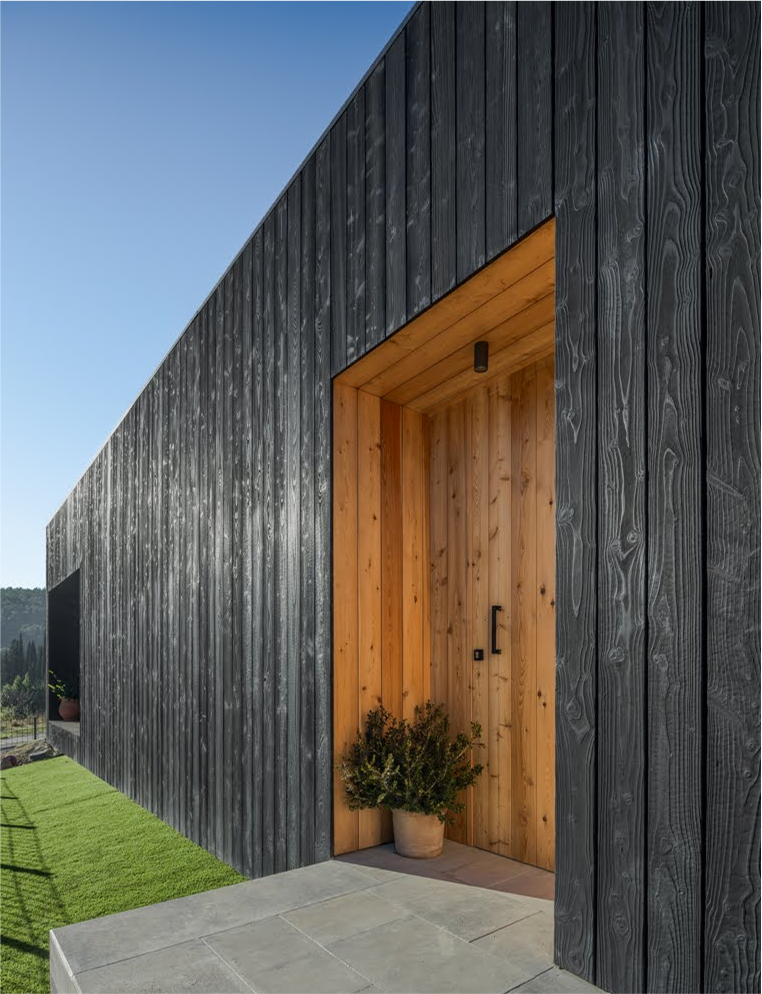Ventajas del Yakisugi en la Arquitectura Moderna: Comparación de Materiales para Fachadas de Casas

La fachada de una casa es un elemento crucial en el diseño arquitectónico, y elegir el material adecuado puede marcar la diferencia. En este artículo, realizaremos una comparación de diversos materiales utilizados en las fachadas de casas, y destacaremos las ventajas del Yakisugi, una técnica ancestral japonesa, como una opción ideal para la arquitectura moderna. Si eres carpintero, constructor, arquitecto, diseñador de interiores/exteriores o paisajista, este artículo te resultará especialmente relevante.
Introducción a los Materiales para Fachadas de Casas
Al considerar los materiales para las fachadas de casas, se encuentran disponibles una amplia variedad de opciones, desde ladrillos y piedra hasta metal y madera. Cada material tiene características y beneficios únicos, por lo que es importante evaluar cuidadosamente cuál se adapta mejor a las necesidades y estilo de cada proyecto.
Una opción cada vez más popular en la arquitectura moderna es el Yakisugi, también conocido como Shou Sugi Ban. Esta técnica japonesa milenaria implica la carbonización de la madera, lo que le confiere una serie de ventajas excepcionales. A continuación, exploraremos las razones por las cuales el Yakisugi es una opción destacada para las fachadas de casas modernas.
El Yakisugi: Una Opción Destacada para la Arquitectura Moderna

- Durabilidad y Resistencia
La madera tratada con la técnica Yakisugi se vuelve altamente resistente a factores ambientales adversos. La carbonización de la madera crea una capa protectora que la hace resistente a la humedad, los rayos UV, los insectos y, sorprendentemente, incluso al fuego. Esta durabilidad excepcional permite que las fachadas de Yakisugi mantengan su belleza y funcionalidad a lo largo del tiempo, convirtiéndolas en una inversión a largo plazo.
- Estética Única
Una de las características más destacadas del Yakisugi es su aspecto estético único e inimitable. La textura y el color oscuro resultantes de la carbonización de la madera agregan profundidad y carácter a cualquier edificio. Las fachadas de Yakisugi se destacan entre las demás opciones, brindando un estilo distintivo y sofisticado a la arquitectura moderna. La belleza natural de la madera quemada se ha convertido en una tendencia en auge en el diseño contemporáneo.
- Sostenibilidad Ambiental
En un mundo cada vez más consciente de la importancia de la sostenibilidad, el Yakisugi destaca como una opción amigable con el medio ambiente. Esta técnica ancestral japonesa no requiere el uso de productos químicos, lo que la convierte en una opción segura y respetuosa con la salud humana y el entorno. Además, la madera quemada puede ser reciclada o desechada sin causar daños ambientales al final de su vida útil, lo que la convierte en una elección responsable. Saber más sobre construcción sostenible.
Mantenimiento y Costo de los Materiales
Además de las ventajas del Yakisugi, existen otros factores importantes a considerar al elegir un material para la fachada de una casa. El mantenimiento y el costo son aspectos cruciales que pueden influir en la decisión final.
Mantenimiento Al comparar diferentes materiales, es importante tener en cuenta el nivel de mantenimiento requerido. Algunos materiales, como el ladrillo y la piedra, son conocidos por su durabilidad y bajo mantenimiento, ya que no requieren pintura ni sellado adicional. En contraste, la madera tradicional puede requerir un mayor nivel de cuidado y protección para preservar su apariencia y resistencia a largo plazo.
En el caso del Yakisugi, aunque la madera quemada es sorprendentemente resistente y duradera, se recomienda realizar una limpieza regular con un paño suave y aplicar ocasionalmente un aceite de acabado para mantener su aspecto y protección. Sin embargo, en general, el Yakisugi se considera un material de bajo mantenimiento en comparación con otras opciones de madera.
Costo El costo es otro factor a tener en cuenta al seleccionar un material para la fachada de una casa. Algunos materiales, como el ladrillo y el revestimiento de vinilo, suelen ser más económicos en términos de instalación y mantenimiento a largo plazo. Por otro lado, la madera natural y los materiales especializados, como el Yakisugi, tienden a tener un costo inicial más alto debido a su exclusividad y proceso de tratamiento.
Si bien el Yakisugi puede tener un precio inicial más elevado en comparación con algunos materiales convencionales, su durabilidad a largo plazo y su estética única pueden compensar este costo adicional. Además, la inversión en un material de alta calidad como el Yakisugi puede aumentar el valor y la apreciación estética de la propiedad a lo largo del tiempo.
Conclusión

Al comparar diferentes materiales para fachadas de casas, es esencial evaluar las características y ventajas de cada uno. El Yakisugi destaca como una opción excepcional para la arquitectura moderna debido a su durabilidad, estética única, sostenibilidad y versatilidad en el diseño. Si eres carpintero, constructor, arquitecto, diseñador de interiores/exteriores o paisajista, considera el Yakisugi como una opción atractiva para tus proyectos.
Recuerda tener en cuenta aspectos como el mantenimiento y el costo para asegurarte de seleccionar el material que mejor se ajuste a tus necesidades y presupuesto. Al final del día, la fachada de una casa no solo debe ser visualmente atractiva, sino también resistente y duradera, y el Yakisugi cumple con todos estos requisitos.
En Zenwood, estamos comprometidos con la calidad y la sostenibilidad del Yakisugi y otros productos de madera quemada. Nuestro equipo de expertos está disponible para brindarte asesoramiento personalizado y ayudarte a llevar tus proyectos al siguiente nivel. Contáctanos para obtener más información sobre las ventajas del Yakisugi y cómo puede transformar tus diseños arquitectónicos.
Para obtener más información sobre cómo utilizar la madera Shou Sugi Ban en tus proyectos arquitectónicos, te invitamos a solicitar un presupuesto personalizado en nuestro sitio web, Zenwood.es. Nuestro equipo de expertos en madera quemada estará encantado de asesorarte y brindarte opciones adaptadas a tus necesidades específicas. Además de ser una excelente opción para fachadas de casas, la madera Shou Sugi Ban también es ideal para la construcción de cercas y terrazas, proporcionando durabilidad, estética única y sostenibilidad. Aprovecha todas las ventajas que esta técnica ancestral japonesa tiene para ofrecer y transforma tus proyectos en obras maestras de arquitectura moderna. ¡Contáctanos hoy mismo!
Esperamos que este artículo haya sido informativo y te haya brindado

